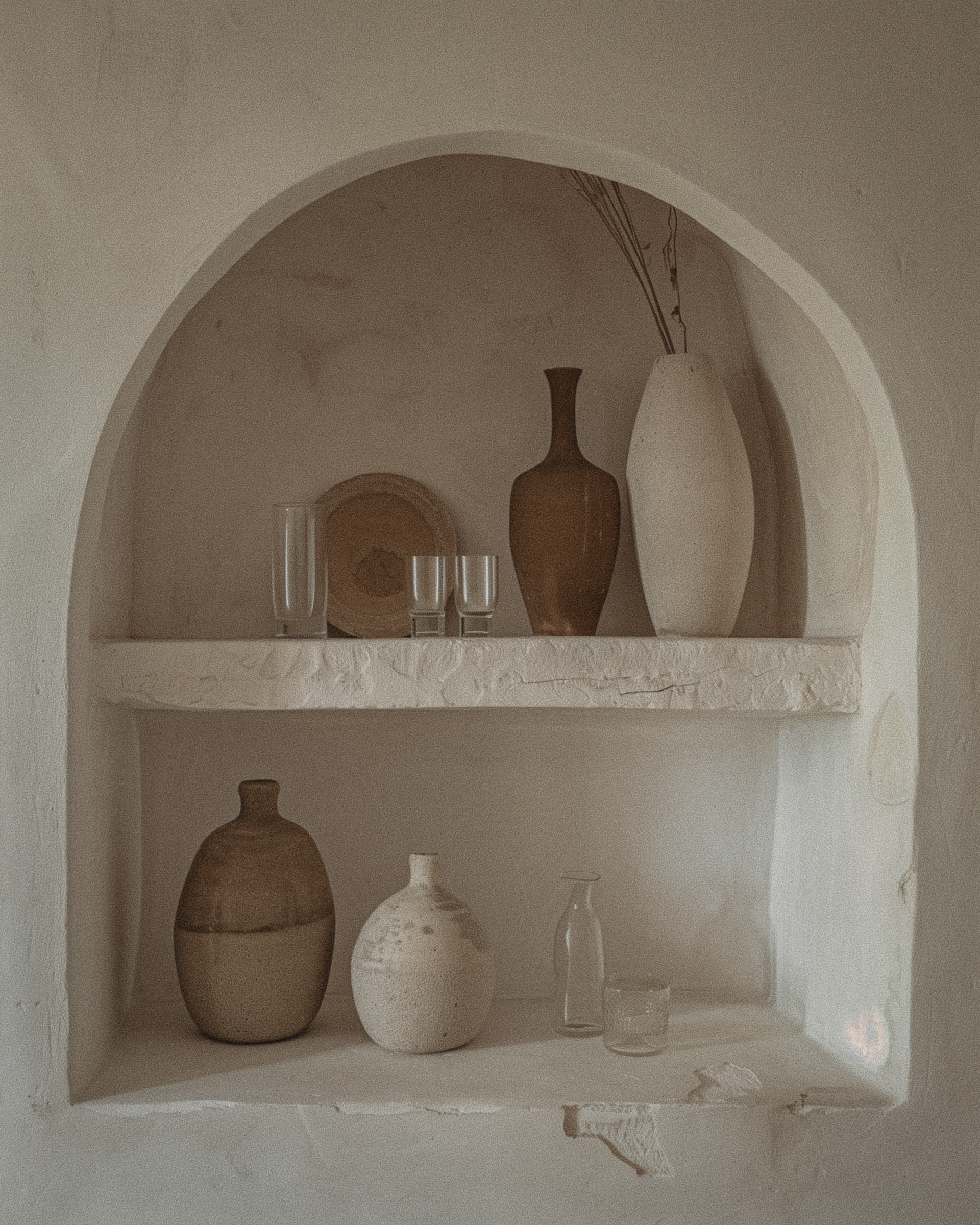Product Photography Hacks
Centre your products, or don't... here's the hacks that will help you choose.


Centre your products, or don't... here's the hacks that will help you choose.


When you put something dead centre or slightly forward, it screams importance.
This is a subconscious cue we got from… you guessed it — pack animals. The leader stands slightly ahead, gets more attention, and sets the vibe for the rest. Humans are just hairless mammals trying to find a leader to follow.
A symmetrical arrangement makes people feel safe and calm, like a therapist’s waiting room but hotter.
Uneven setups can feel edgy or artsy, but too chaotic = discomfort. It’s a delicate balance between “art gallery” and “rummage sale from hell.”
Your eyes naturally follow a Z or S shape when scanning. If your products guide this flow, the brain feels “guided,” which means less effort. Less effort = easier emotional buy-in.
Ever noticed high-end ads with products laid diagonally or in curves? They’re literally conducting your eyeballs like a maestro.
Shine signals value and cleanliness. Humans are magpies for shiny shit — it implies newness, advanced technology, and higher price tag.
In group shots, these catch the light and draw the eye. Overused? Looks tacky. Used strategically? Makes your serum look like liquid fucking gold.
Luxury brands always leave negative space. Why? Because clutter = cheap.
Ever see a Chanel ad? One lipstick, black background, giant empty void. The brand is telling you, “We don’t need to fight for attention, bitch. You came to us.”
Swatched serums or creams in the foreground scream performance and luxury if executed right. But it has to look intentional — unplanned smears = “oops, the toddler played makeup artist.”
Textures hint at finish (matte, dewy, silky) and evoke sensory imagination before purchase.
Labels angled straight and upright signal competence, professionalism. Slightly tilted can add movement or casual friendliness.
The second a label is even slightly off-centre or facing away, you’ve lost subconscious points. Your product looks insecure, like it’s hiding behind mum’s leg.
How products interact mimics social behaviour:
Shadows add dimension and hint at luxury editorial vibes. Soft shadows = approachable and friendly. Hard, directional shadows = powerful, mysterious, “you can’t sit with us” energy.

It reduces friction and confusion, stirs up desire, and subconsciously primes them to imagine these products living on their shelf, in their life.




A focus on quality and attention to detail ensures that your brand is not only visually stunning but also strategically positioned for success.